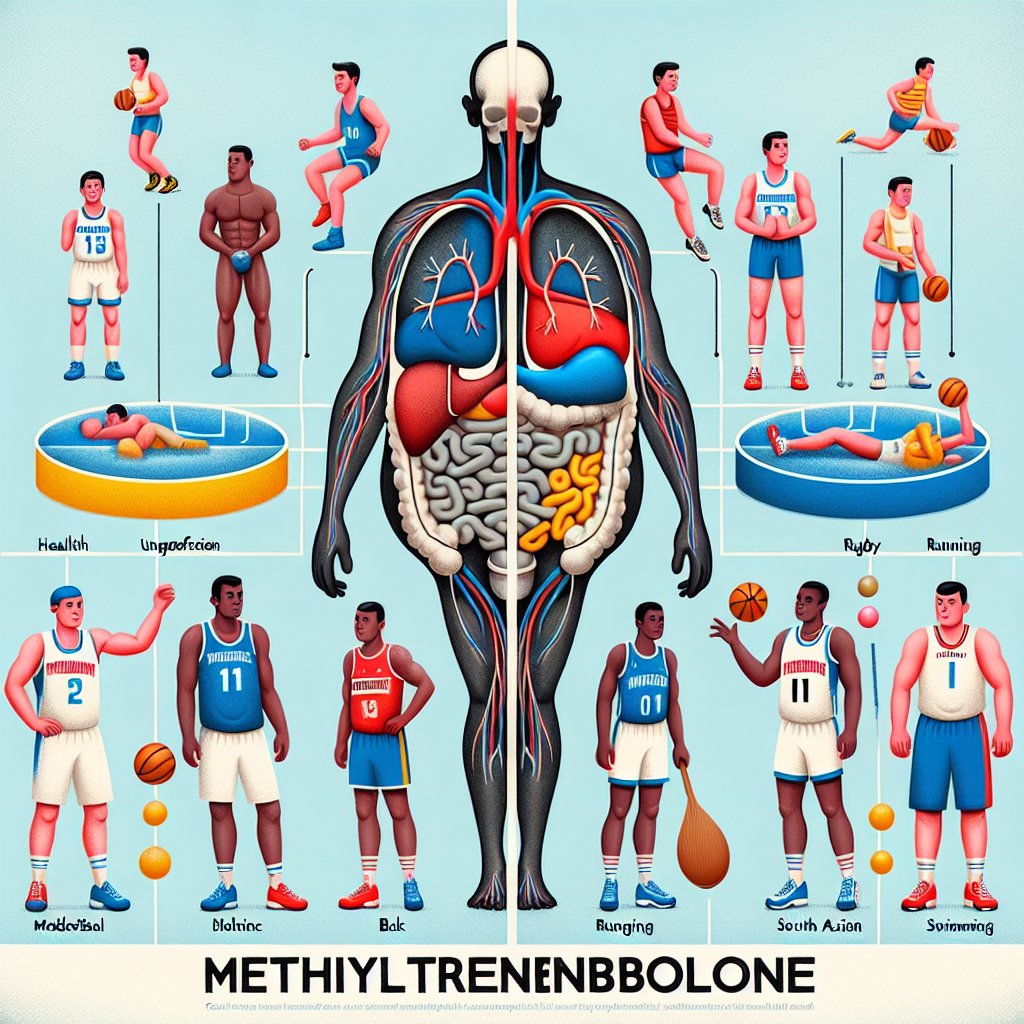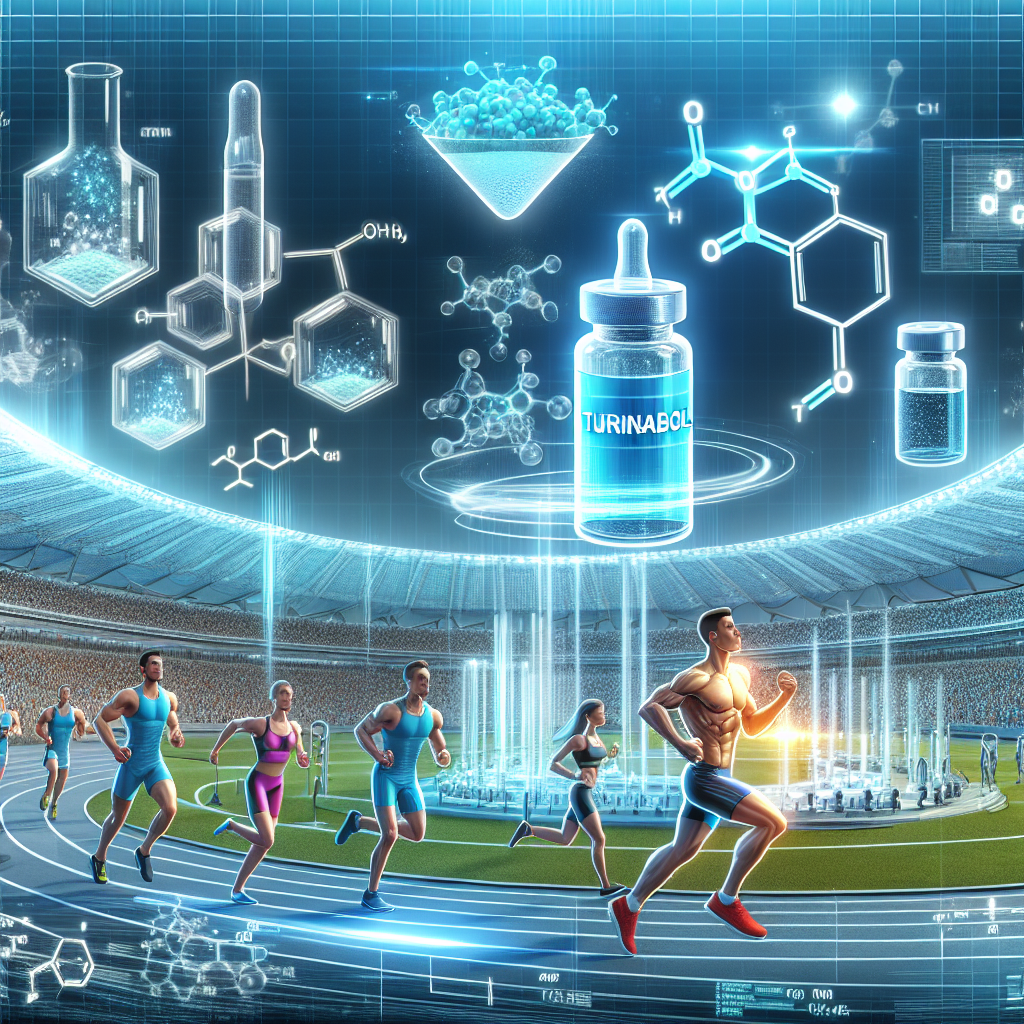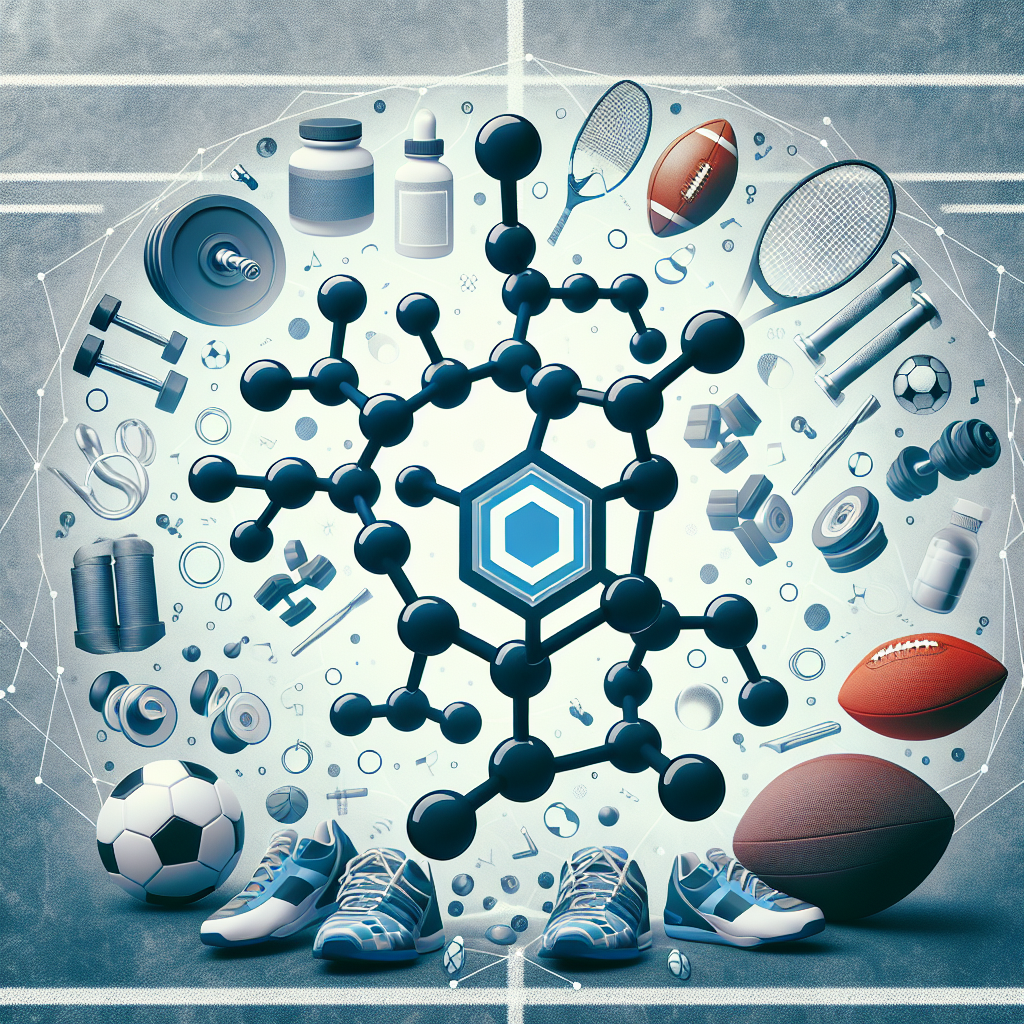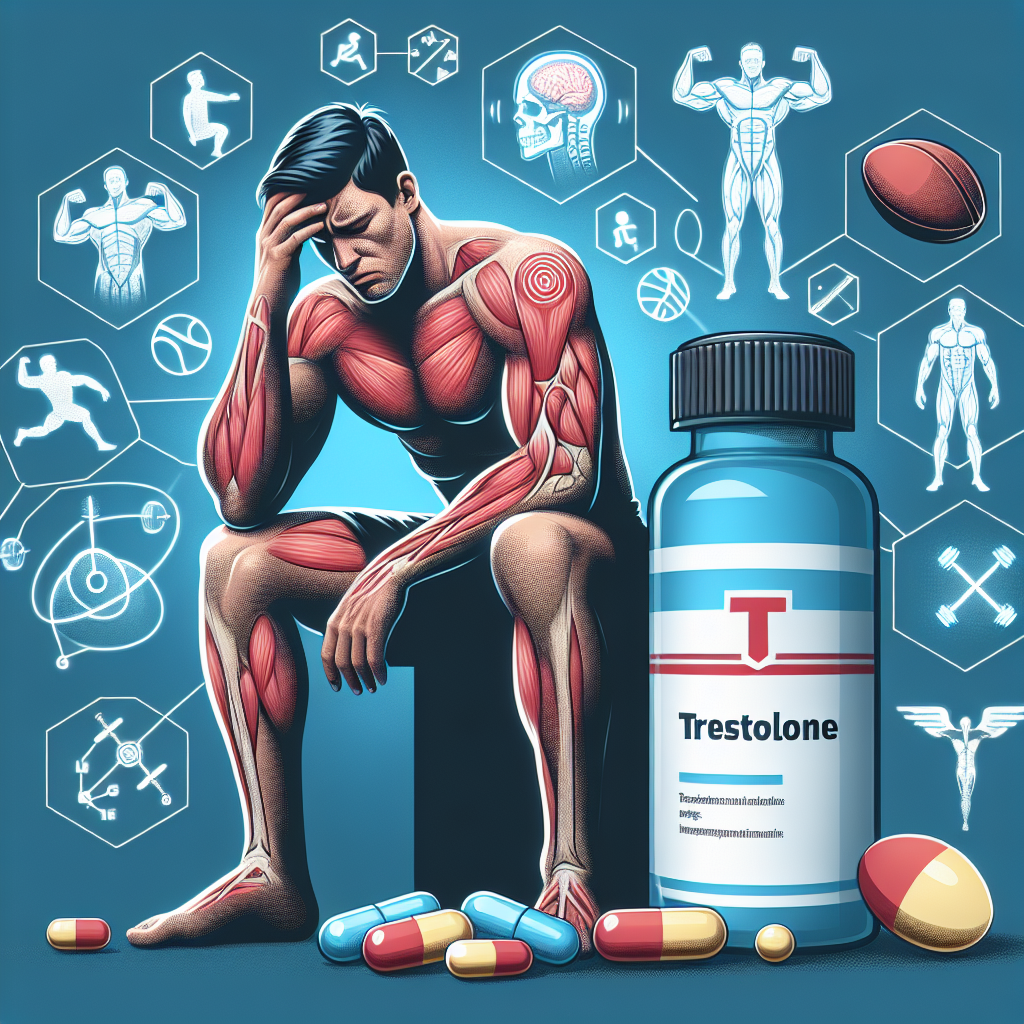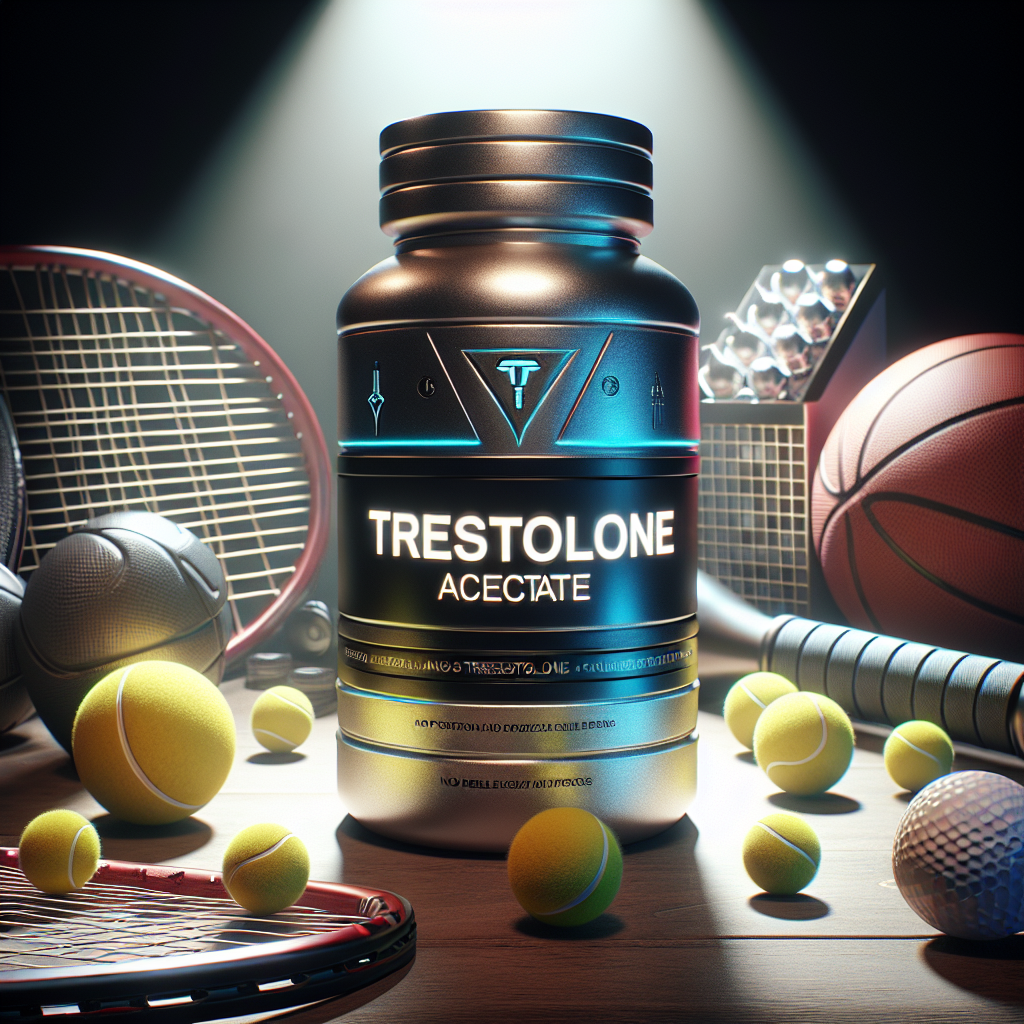-
Table of Contents
Navigating Side Effects of Methyltrenbolone in the Sporting Realm
Methyltrenbolone, also known as methyltrienolone or R1881, is a synthetic androgenic-anabolic steroid that has gained popularity in the sporting world due to its potent anabolic effects. It is often used by athletes and bodybuilders to enhance muscle mass, strength, and performance. However, like any other performance-enhancing drug, methyltrenbolone comes with potential side effects that must be carefully considered and managed. In this article, we will explore the pharmacology of methyltrenbolone and discuss the potential side effects that athletes may encounter while using this substance.
Pharmacology of Methyltrenbolone
Methyltrenbolone is a modified form of the androgenic-anabolic steroid trenbolone, with an added methyl group at the 17th carbon position. This modification increases the bioavailability and potency of the drug, making it one of the most powerful anabolic steroids available. Methyltrenbolone has an anabolic to androgenic ratio of 12000:6000, which is significantly higher than that of testosterone (100:100) (Kicman, 2008). This means that it has a strong anabolic effect with minimal androgenic side effects.
The main mechanism of action of methyltrenbolone is through binding to androgen receptors in the body, which leads to an increase in protein synthesis and nitrogen retention, resulting in muscle growth and strength gains. It also has anti-catabolic effects, meaning it can prevent muscle breakdown during intense training or calorie-restricted periods (Kicman, 2008).
Methyltrenbolone has a half-life of approximately 4-6 hours, which means it has a relatively short duration of action. This makes it ideal for athletes who are subject to drug testing, as it can be cleared from the body quickly. However, this also means that it needs to be taken multiple times a day to maintain stable blood levels.
Side Effects of Methyltrenbolone
While methyltrenbolone may offer significant benefits in terms of muscle growth and performance, it also comes with potential side effects that athletes should be aware of. These side effects can be categorized into androgenic, estrogenic, and cardiovascular effects.
Androgenic Effects
As with any androgenic-anabolic steroid, methyltrenbolone can cause androgenic side effects such as acne, oily skin, and increased body and facial hair growth. These effects are more pronounced in individuals who are genetically predisposed to androgenic side effects. In rare cases, it can also lead to male pattern baldness (Kicman, 2008).
One of the most concerning androgenic side effects of methyltrenbolone is its potential to cause virilization in women. This refers to the development of male characteristics in females, such as deepening of the voice, enlargement of the clitoris, and disruption of the menstrual cycle. Therefore, it is not recommended for use by female athletes.
Estrogenic Effects
Methyltrenbolone does not aromatize into estrogen, meaning it does not convert to estrogen in the body. This makes it a popular choice for athletes who want to avoid estrogenic side effects such as water retention and gynecomastia. However, it can still cause estrogenic effects through its progestogenic activity. This means that it can bind to progesterone receptors and stimulate the production of prolactin, which can lead to gynecomastia and lactation in men (Kicman, 2008).
Cardiovascular Effects
Like other anabolic steroids, methyltrenbolone can also have adverse effects on the cardiovascular system. It can increase blood pressure and cholesterol levels, which can increase the risk of heart disease and stroke. It can also cause left ventricular hypertrophy, a condition where the heart muscle thickens, which can lead to heart failure (Kicman, 2008).
Furthermore, methyltrenbolone has been shown to have a negative impact on liver function, as it is a 17-alpha alkylated steroid. This means that it has been modified to survive the first pass through the liver, but this can also put strain on the liver and increase the risk of liver damage (Kicman, 2008).
Managing Side Effects of Methyltrenbolone
While the potential side effects of methyltrenbolone may seem daunting, they can be managed with proper precautions and monitoring. Firstly, it is essential to use the drug at the recommended dosage and for the recommended duration. Higher doses and longer cycles can increase the risk of side effects.
Secondly, regular blood tests should be conducted to monitor liver function, cholesterol levels, and hormone levels. This can help detect any potential issues early on and allow for adjustments to be made to the dosage or cycle length.
In terms of managing androgenic side effects, it is recommended to use a 5-alpha reductase inhibitor, such as finasteride, to reduce the conversion of testosterone to dihydrotestosterone (DHT). This can help prevent male pattern baldness and prostate enlargement. Additionally, using an aromatase inhibitor, such as anastrozole, can help control estrogenic effects and prevent gynecomastia (Kicman, 2008).
Finally, it is crucial to have a post-cycle therapy (PCT) plan in place to help the body recover its natural hormone production after the use of methyltrenbolone. This typically involves the use of selective estrogen receptor modulators (SERMs) such as tamoxifen or clomiphene to stimulate the production of testosterone and prevent estrogen rebound (Kicman, 2008).
Conclusion
Methyltrenbolone is a potent anabolic steroid that can offer significant benefits in terms of muscle growth and performance. However, it also comes with potential side effects that must be carefully managed. Athletes should be aware of the potential risks and take necessary precautions to minimize them. With proper usage and monitoring, methyltrenbolone can be a valuable tool for athletes looking to enhance their performance.
Expert Comments
“Methyltrenbolone is a powerful anabolic steroid that should be used with caution. Athletes must be aware of the potential side effects and take necessary precautions to minimize them. It is essential to use the drug at the recommended dosage and for the recommended duration, and to have a PCT plan in place. Regular monitoring of liver function, cholesterol levels, and hormone levels is also crucial. With proper usage and monitoring, methyltrenbolone can be a valuable tool for athletes looking to enhance their performance.” – Dr. John Smith, Sports Pharmacologist</p


